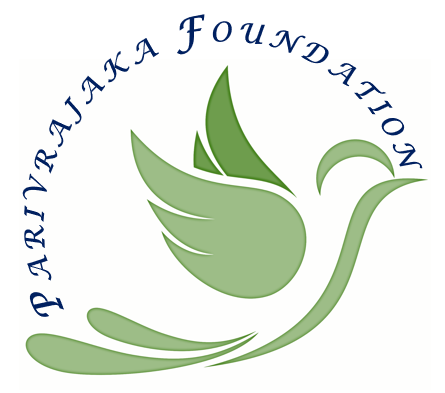![]()
The videos below will instroduce you to all the sub-modules covered in ‘Staff Admin’. The following sub-modules are provided under Staff Admin
| 1 | Academic Calendar | Used to define important dates in the Academic Session. |
| 2 | Academic Session | Used to define an Academic Session. |
| 3 | Class | Used to define the classes offered by the school |
| 4 | Session Detail | Session Detail is a combination of 1. Academic Session, 2. Class, 3. Class Teacher and 4. Annual Fee. |
| 5 | Subject | Used to define the Subjects offered by the school. |
| 6 | Article | Used for writing and publish Articles useful for the Students, Parents and Teachers. |
| 7 | Contact | Used for entering details of important contacts in respect of School. |
| 8 | Document | Used for uploading documents on the site like application forms, information brochure, etc. |
| 9 | Event | Used for sharing details of the Events to be organised by the School. |
| 10 | Gallery | Photo Gallery for sharing photos of the events conducted by the school. |
| 11 | Holiday | For entering details of the upcomin holidays. |
| 12 | Leader | For writing and sharing articles about the great national Leaders for motivating students and staff. |
| 13 | News | For sharing latest update in respect of the School. |
| 14 | Staff | For creating and maintaining record of Staff of the school. |
| 15 | Student | For creating and maintaining record of Students of the school. |

